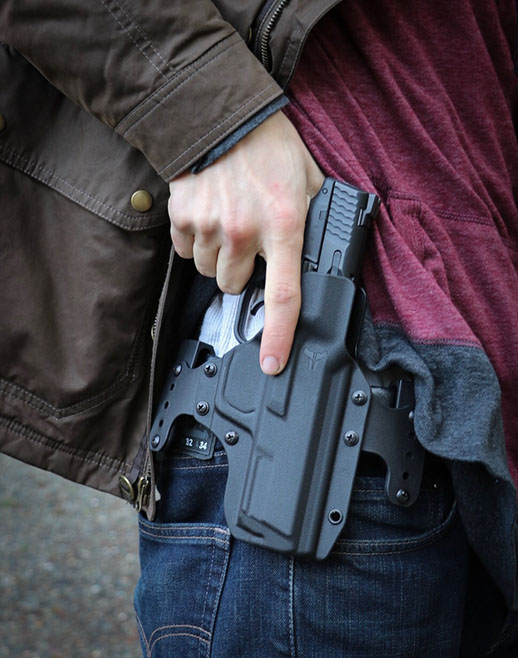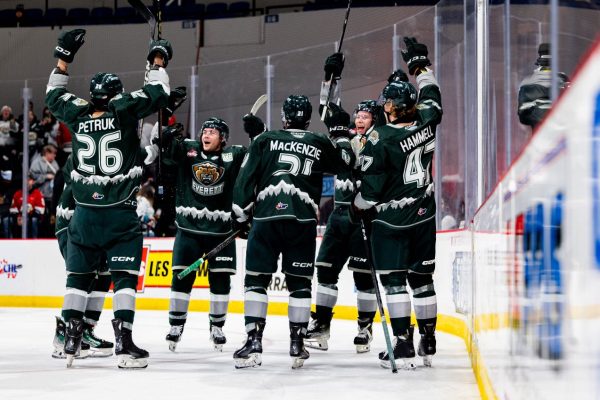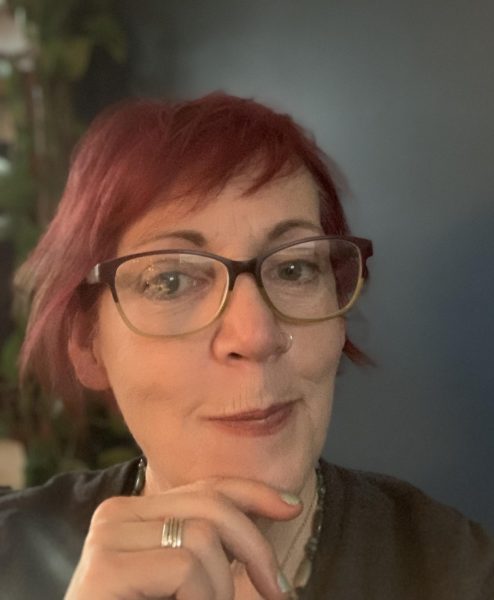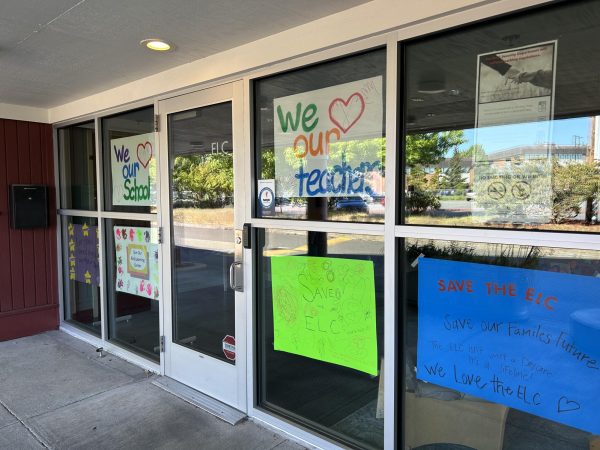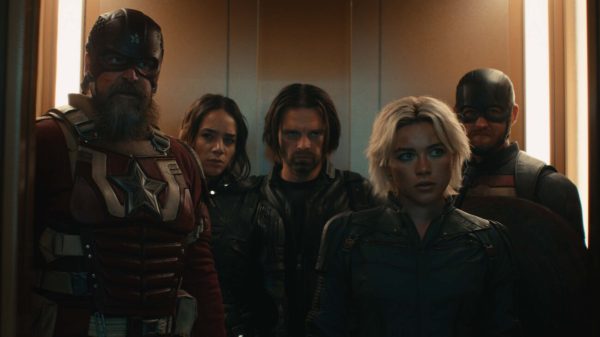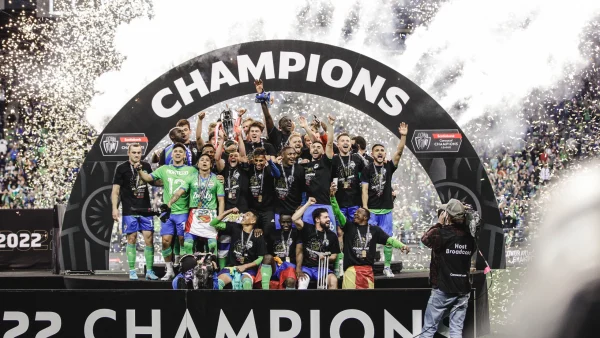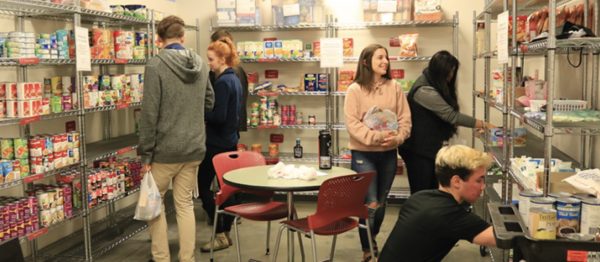Gun Control: The False Divide
Pictured is a .40 caliber handgun, the same caliber gun used in the Marysville Pilchuck shooting.
The heavily divisive debate between gun rights and gun control rages on after the tragic loss of life at Stoneman Douglas High School, in Florida. However, as bleak as the discussion around guns may seem at times, it may be surprising to learn that the gun debate is not as partisan as it appears.
At first glance, the country appears divided. Pew Research Center finds that on gun control versus gun rights, American adults are divided right down the middle, with 51% for and 47% against. A discouraging number for those who hope to see a resurgence bipartisanship, to be certain.
However, beneath the surface lies a strange dissonance with those first statistics. Despite appearances, when presented with more specific issues of gun control, the country is nearly united. A staggering 89% of American adults agree that gun sales to mentally ill customers should be completely forbidden.
And that number isn’t an outlier. 84% of Americans want background checks for private sales and gun shows. 83% want to ban sales to people on the no-fly list. 71% want a federal database for gun sales.
And it’s not surprising that such a substantial portion of the population feels the way it does. Mass shootings have become a disturbingly widespread problem in the United States.
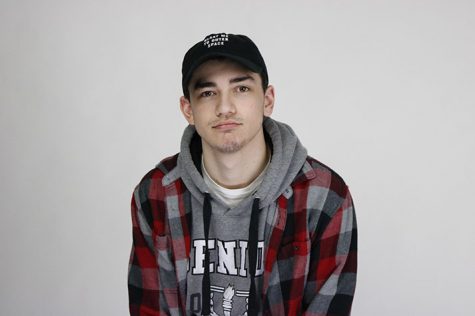
Jakob Barron, an EvCC student and witness of the Marysville Pilchuck High School shooting.
Jakob Barron, a 17-year-old Running Start student at EvCC, was in the cafeteria of Marysville Pilchuck High School when a student killed four of their classmates, and then himself. “I looked up and I froze. I couldn’t even move,” said Barron, recalling the moment. Years later, the emotional impact of the experience still affects him. “I started to take anxiety medication and see my therapist,” he explained.
Seeing tragedies like what happened at Stoneman Douglas in the news brings Barron back to that horrible moment. “I’m just not myself anymore, for a week or two.”
Barron was not the only EvCC student who witnessed the Marysville Pilchuck shooting.
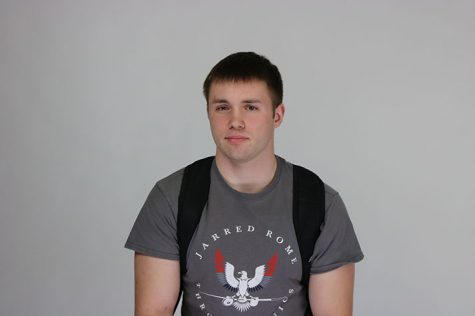
Tyler McDonald, an EvCC student and witness of the Marysville Pilchuck High School shooting.
Tyler McDonald is a 20-year-old criminal justice major. “I was three tables away,” he recalled. “I didn’t see anything too horrible. I was too busy running… thank god I didn’t see anything.”
For McDonald, one of the hardest parts was seeing his friends, who did witness those horrible things, change. “It’s like they’re there, but they’re not there. That was really hard.”
McDonald believes the massive number of detectives and police officers who arrived to help are what sparked his interest in criminal justice. On guns, he feels both sides of the argument have legitimate claims. “It’s associated with political parties, and it just shouldn’t be like that… Both sides need to reconcile and meet in the middle.”
The idea of arming teachers to protect students from threats has been put forward as a solution, including by President Trump. The logistics and budgeting of how to get teachers to also have law-enforcement level firearms training have never been discussed, and, though this important to the subject, the perspective of the teachers is often ignored.
Professor Robert Lake, a graphic arts instructor at EvCC, is a member of the National Rifle Association (NRA) and owns a variety of firearms, which he uses for recreational purposes.
Lake is unsure of the solution to the problem, but he knows he doesn’t want to be responsible for protecting the students. “I don’t wanna kill somebody.” This begs the question, should teachers be expected to lay down their lives to protect students?
Ultimately, the gun control vs gun rights debate is unlikely to end soon, even though the majority of Americans agree on many points about gun control. Why is it that Americans disagree so intensely when the conversation is had in general terms, but are so united on the specifics? It seems to indicate that Americans are talking at each other, rather than with each other.

What interests you about journalism?
Understanding the power of news.
Where does The Clipper fit into your long-term goals?
Communication Major, so...

What interests you about journalism?
I have always had a passion for storytelling. Meeting people and telling their stories is my favorite part...

